Have you ever felt sympathetic or inspired by listening to a speech? If yes, then the speaker might have used a relatable narrative to connect with the audience emotionally. This article will explore how influential speakers use relatable narratives to inspire action.
Understanding the Narrative Arc
At the core of every impactful storytelling lies the narrative arc, a structure that guides the development of a story. Understanding the essential components of a solid narrative is crucial for effective storytelling in public speaking, which talent management pros also prioritise:
Exposition
Setting the stage by introducing the characters, setting, and context of the story. This is where the speaker establishes the foundation for the narrative, providing the necessary context for the audience to understand the story’s purpose and significance.
Complication
Introducing a conflict or challenge that the characters must overcome. This is the turning point where the story takes a dramatic turn, creating tension and anticipation in the audience.
Climax
The turning point of the story is where tension reaches its peak. This is the pivotal moment where the characters confront the conflict or challenge head-on, often revealing their true character and resilience.
Resolution
The conclusion is where the conflict is resolved, and the story reaches its closure. This is where the speaker ties together the narrative’s loose ends, providing a satisfying conclusion reinforcing the story’s message and impact.
How Influential Speakers Build Strong Narratives
Influential speakers leverage the following techniques to craft engaging and relatable narratives:
Make a Compelling Central Plot
Establish a central theme or message that resonates with the audience. This is the heart of the narrative, the core idea that drives the story forward and gives it meaning. By anchoring the narrative to a compelling central plot, speakers ensure that their message is clear, focused, and memorable.
Create Three-Dimensional Figures
To provoke empathy and a sense of connection, create characters with depth and complexity. Any story needs people to be compelling, and presenters who develop likable, three-dimensional characters can evoke strong feelings and imagination in their listeners. Speakers can weave a vivid picture of events that connect with their audience by giving their characters more nuance in terms of motivations, histories, and personalities.
Use Suspense & Conflict
By creating suspense & conflict that advance the story, you may captivate the audience. The story moves forward with the help of suspense and conflict, which also generate excitement and anticipation in the audience. Speakers may maintain their audience’s curiosity and keep them on the edge of their seats by offering unexpected turns, twists, and hurdles.
Show, Don’t Tell
Paint vivid imagery and evoke emotions through storytelling rather than mere exposition. Rather than simply telling their audience what to think or feel, speakers who show their narrative through vivid storytelling can create a more immersive and engaging experience.
By using descriptive language, sensory details, and emotional nuance, speakers shift their audience to another world, making their message more memorable and impactful.
Use Stories to Activate Imagination
Encourage the audience to visualise and empathise with the narrative, making it more impactful and memorable. By activating their audience’s imagination, speakers can create a deeper sense of connection and engagement, making their message more likely to stick. By inviting their audience to participate in the narrative, speakers can create a shared experience that transcends the boundaries of the stage.
Examples of Influential Speakers Using Relatable Narratives
Robin Sharma
Robin Sharma, who is known for his inspirational talks, uses relatable tales and personal experiences to motivate his audience. Sharma gives his audience a glimpse into his path and the lessons he’s learned along the way through his narratives, which frequently centre around his own experiences as a renowned author, coach, and speaker.
Sharma makes his message more approachable and motivating by connecting with his audience through the sharing of his challenges, victories, and insights.
John Simpson
Renowned journalist and speaker, John Simpson captivates listeners with his firsthand accounts of global events. Simpson’s narratives often focus on his experiences as a foreign correspondent, covering major conflicts and crises around the world.
Simpson provides a unique perspective on global events, shedding light on the human side of the news and offering a glimpse into the lives of those affected by conflict and crisis based on real experiences.
Bear Grylls
Bear Grylls conveys strong lessons of bravery and commitment through tales of survival and resiliency. Grylls gives his audience a view into the struggles and victories of extreme survival through his storytelling, which frequently centers on his own experiences as a survival expert, adventurer, and television celebrity.
Grylls uses his personal experiences of persistence and resilience to encourage his audience to face their obstacles head-on with bravery and resolve.
Jane Goodall
Jane Goodall is a primatologist and conservationist whose stories about her work with chimpanzees inspire people to protect the environment. Goodall offers her audience a distinctive viewpoint on the natural world and the significance of conservation through her narratives, which frequently centre on her personal experiences researching and defending chimpanzees in the wild.
Sir Alex Ferguson
Ferguson, the renowned former Manchester United manager, frequently discusses his personal experiences as the manager of one of the most successful football teams in history. Ferguson encourages his audience to pursue greatness and overcome hardship by sharing his tales of accomplishment, teamwork, and leadership.
Making Your Relatable Narrative
To craft your compelling narrative, follow this simple 4-step roadmap developed by top talent management experts:
Determine What You Want to Say
Identify the main idea or point you wish to make. This is the central notion that will drive your story and guarantee that your point is understood, concentrated, and retained.
Create Characters
Make three-dimensional, likeable characters that represent your point of view. Any story needs characters to breathe, and by crafting relatable, nuanced characters, you can effectively connect the audience with compelling story.
Present Conflict
Incorporate suspense and obstacles for your characters to conquer. The conflict in your story is what propels it ahead and keeps your audience interested by building suspense and excitement.
Deliver Impact
To captivate your audience’s attention both mentally and emotionally, use dynamic narrative approaches. You must provide your audience more immersive and captivating experience by employing sensory details, stirring strong emotions, and painting vivid pictures.
You can establish a stronger sense of involvement and connection by arousing their imagination and empathy, which will increase the impact and memory of your message.
Summing Up
Effective public speakers effectively engage their audience, motivate action, and effect change by mastering the art of storytelling.
You too can create engaging narratives that captivate your audience and have a lasting impression by grasping the narrative arc, using storytelling strategies, and taking cues from accomplished speakers like Björn Ulvaeus and Jane Goodall.
By following the 4-step roadmap outlined in this blog, you can create relatable narratives that inspire your audience to take action, overcome adversity, and strive for excellence.





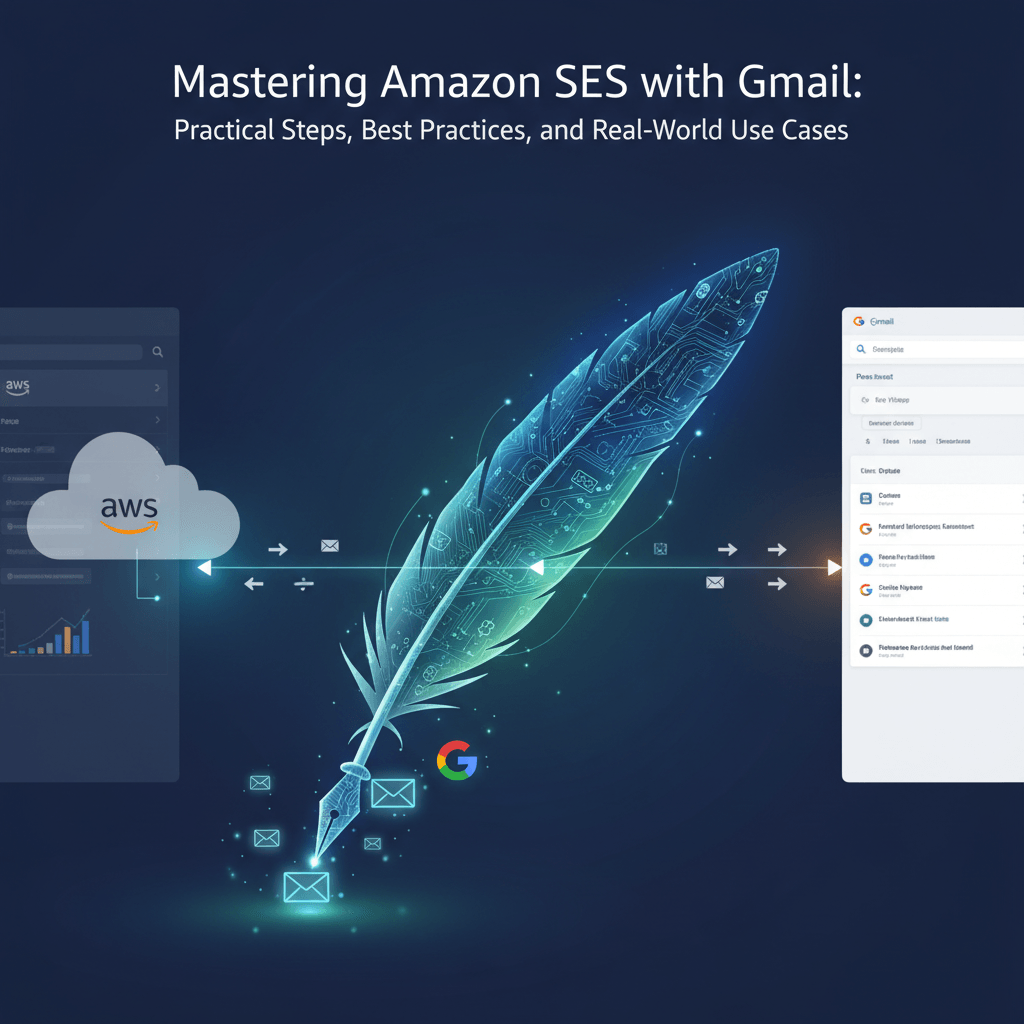

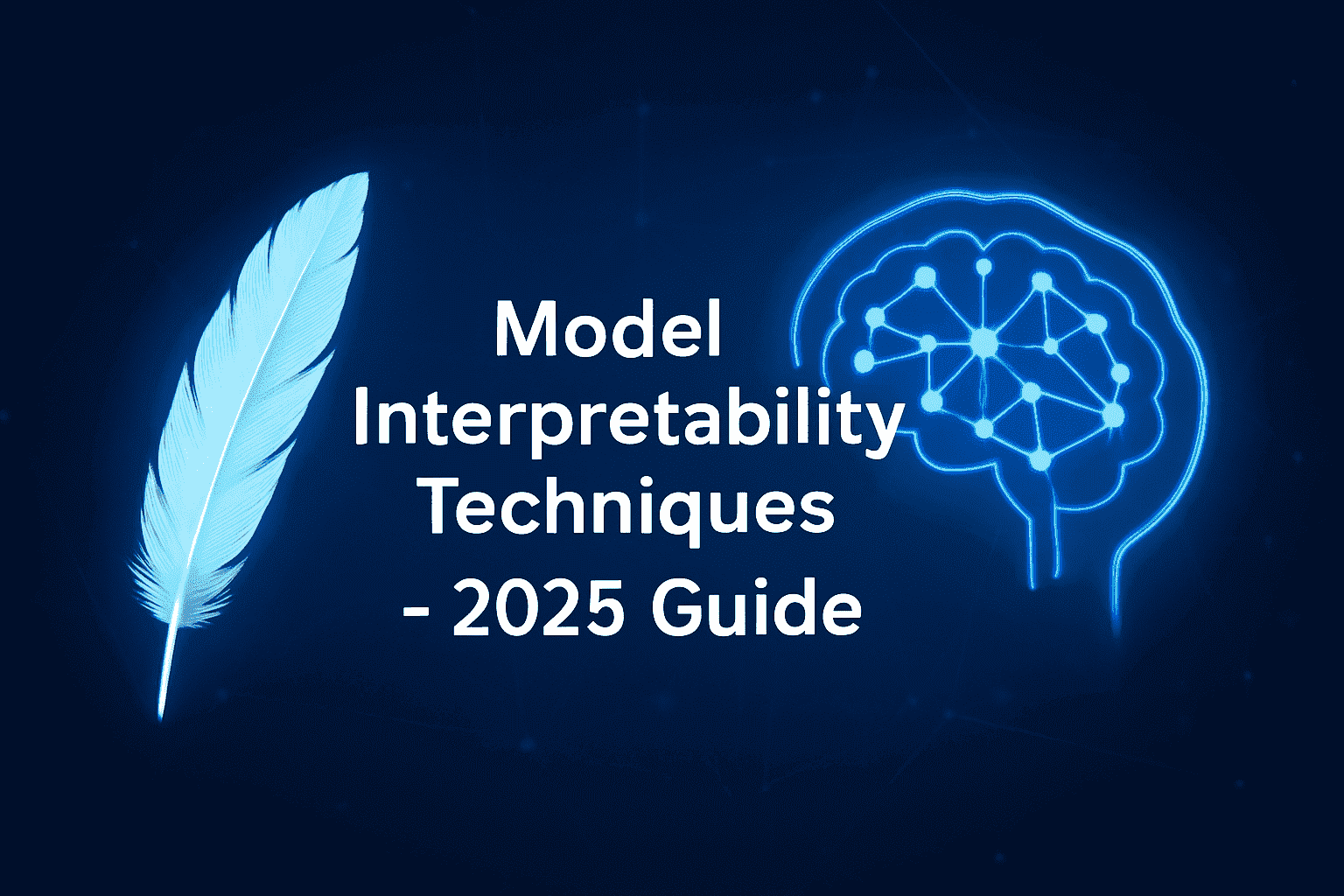
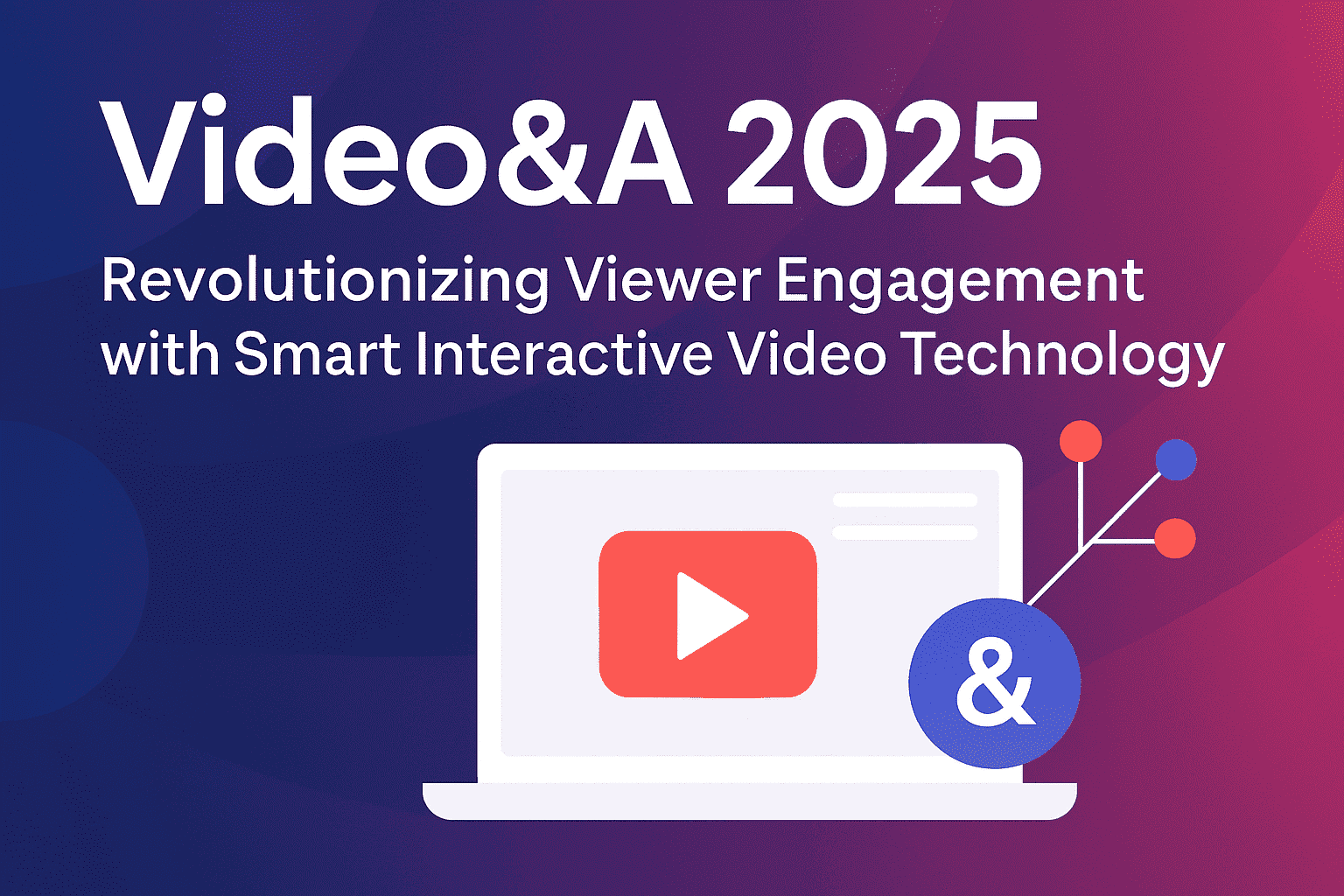
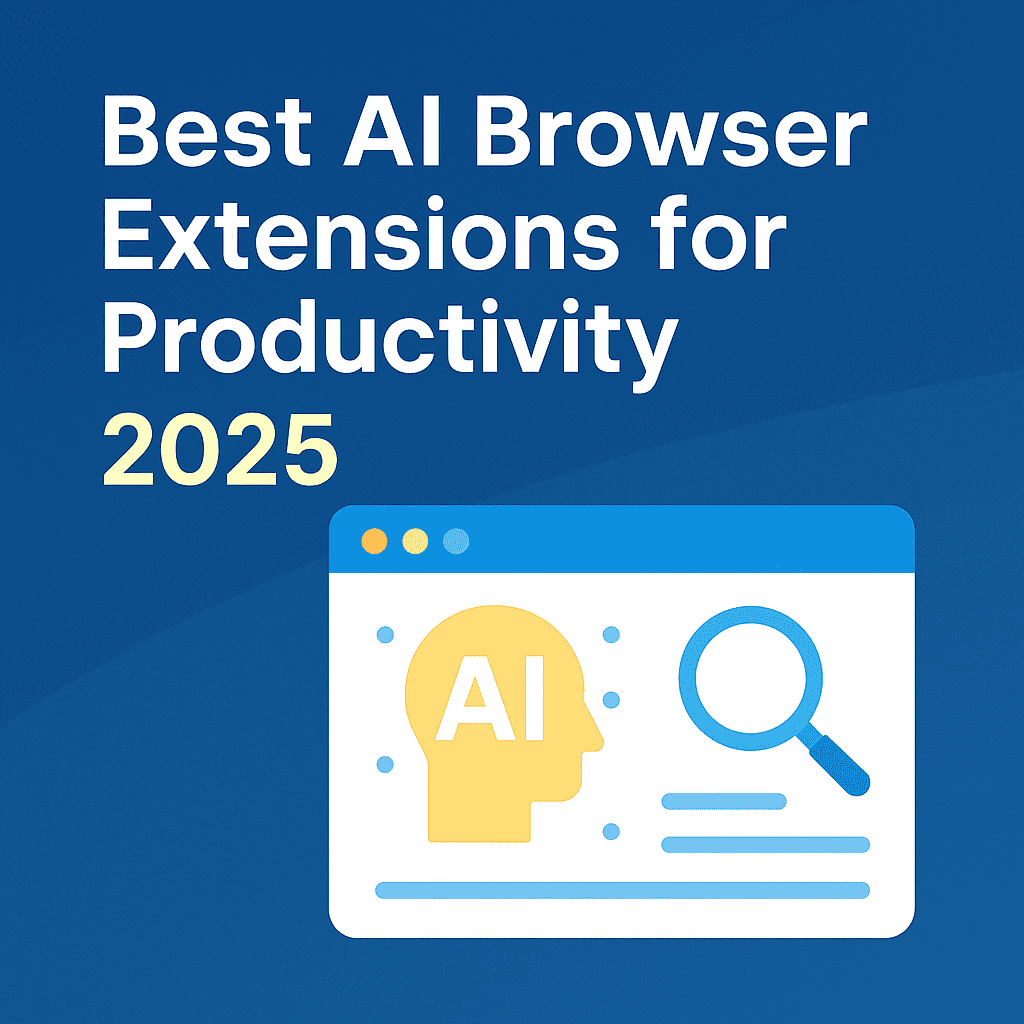


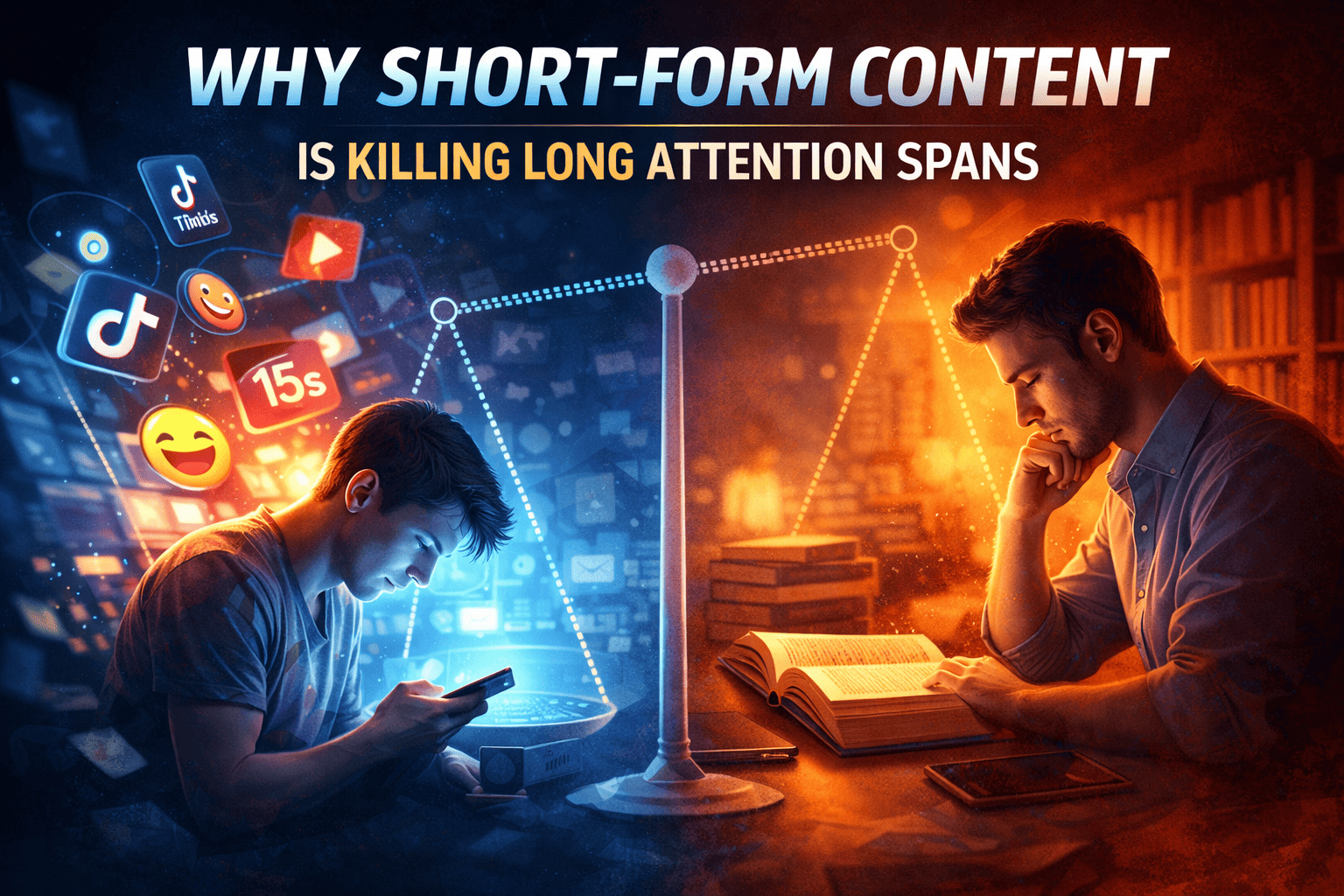


Leave a Reply